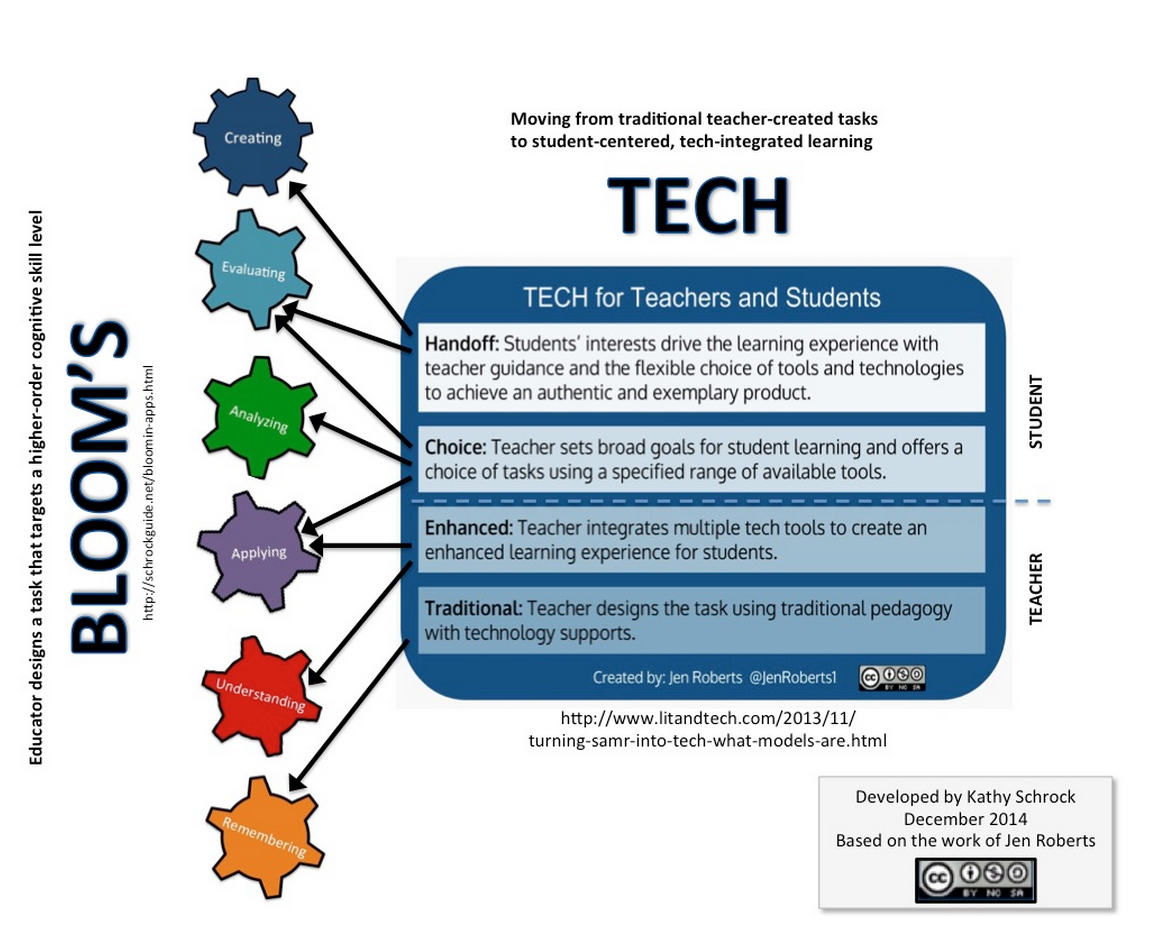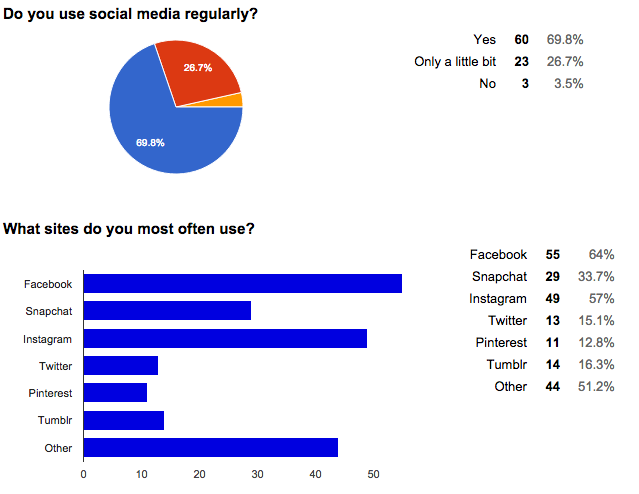Although the Flipped Classroom model is only one aspect of Blended Learning, it is a particularly important one because it is one of the more accessible models for most teachers. In fact, it is also one of the most conservative models of Blended Learning.
As most people know at this point, Flipped Classroom instruction is based on taking a classroom model of classroom lectures and problems for homework, and then flipping it so that the lectures are delivered by video at home and the homework is done in class with teacher supervision. Keith Hughes is a flipped classroom history teacher and has posted a good video for those getting started with it:
The problem with this, as Kim pointed out in this week’s COETAIL blog post, is that the method is still focused on lectures to deliver content. When I teach, even if I am doing a ‘lecture’ I still try my best to ask questions of the students and make the process as Socrative and interactive as possible. How does this fit in with a Flipped Classroom model?
There are a few tools that have come out to help teachers with this. The two that I like best so far are Curriculet and Edpuzzle. I learned about Curriculet from Jill Bromenschenkel at the EARCOS Teachers conference in Kota Kinabalu. At first I thought it was somewhat interesting, but then I saw this post by Beth Crawford on how she used it to get her kids more engaged with poetry. Curriculet lets a teacher take a text, whether a book, poem, or newspaper article, and add a layer of interactivity to it. The layer can be text annotations, videos, or questions for the students to fill in.
The value of structuring a lesson like this comes from several aspects. As many flipped classroom teachers have noted, it ensures that students actually read their homework because they have to answer one or more questions about it. It also helps teachers model techniques of textual interrogation and critical thinking. Beth used it to embed videos that were needed by some students for background material but less useful to others. By structuring this in a flipped classroom context rather than doing it in class, students were able to receive varying levels of scaffolding and support.
The other tool that I has similar functionality is EdPuzzle. What Curriculet does for text, EdPuzzle does for videos. Teachers can take a video from YouTube or Vimeo, then add a layer of text or voice annotation, or a question to the video itself. Previously, these features were available only through somewhat expensive software like Camtasia; now they are free. You can see Jill’s example of this on EdPuzzle if you enter her class example code: aMwoxB.
Even so, the real power of the flipped classroom model does not come from a one-size fits all lecture, even if that lecture is made more interactive with tools like EdPuzzle. More sophisticated tools like Khan Academy, with help from the Gates Foundation, are working to create adaptive learning environment where learning algorithms are used to create playlists for students that are unique to them.
This principle is expanded in pedagogical approaches like Teach to One, which (as far as I understand it) create individualized playlists for students each day that consist of skills development, independent and group projects, discussions, and other activities that reinforce their learning. If a student does not understand a concept with a particular modality, that concept is retaught the next day with a different modality. Approaches like this are not really possible to implement in a single classroom, but take more of a schoolwide approach.
Similar to this is the Quest to Learn charter school in New York, which takes Blended Learning on a Gamification bent. In this case, the school uses a mixture of blended and classroom learning to help students ‘level-up’ in different areas. They do 2-week intensive ‘boss-levels’ to demonstrate their learning, much like traditional schools do with final exams (but a bit more fun and creative).
Recently my boss shared a video with me by Diane Tavenner from the Summit School system in California. In it she talks about the importance of rapid prototyping in developing school change along these lines. I don’t know if and when big international schools like UNIS Hanoi will follow this sort of example, but I think that the writing is on the wall when it comes to changes in traditional schools.
In his book Disrupting Class, Clayton Christensen argued that the tipping point for blended learning would be in 2017, and that after that we would see mainstream adoption of blended and online learning models on a rapidly increasing basis. When I get excited about my job, it’s not because of someone flipping their class with a computer and a webcam. It’s because I think the whole teacher-centered pedagogic approach may very well crumble within the next few years.



One thought on “Writing on the Wall”
Tons of great examples here, thanks for sharing!